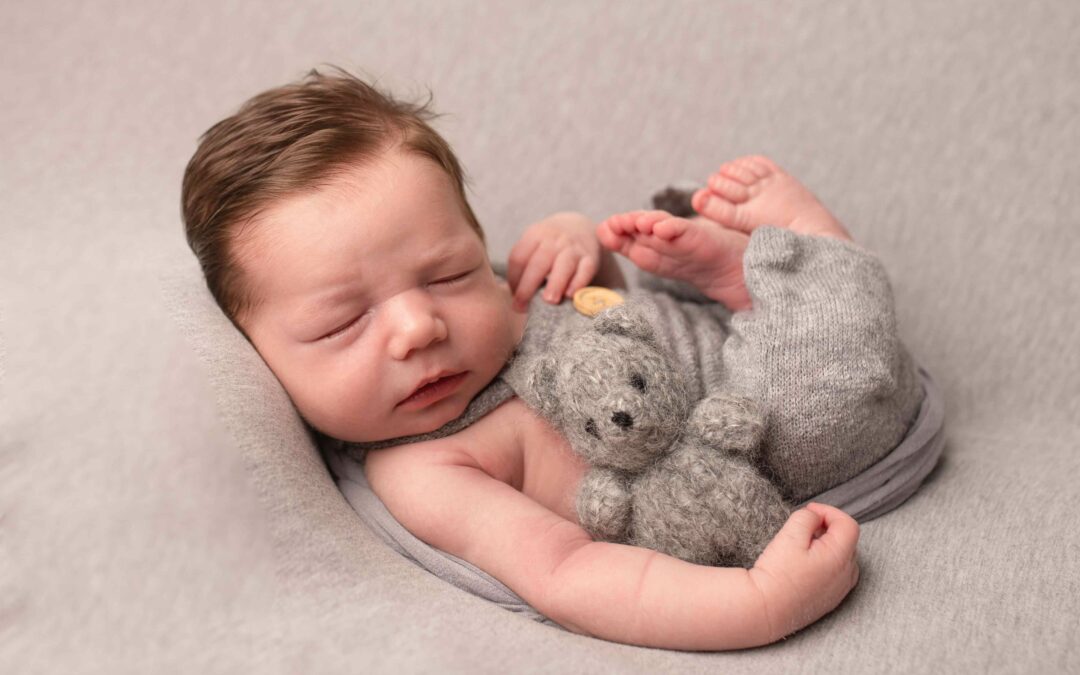Baby-Proofing Your Home: Essential Baby Proofing Tips for New Parents
Becoming a parent is one of the most exhilarating moments in life. Amid the cuddles, giggles, and adorable baby photos, there’s an important task every parent should prioritise: baby proofing the home. It’s all about creating a space where your little one can explore safely, giving you peace of mind in the process. Below you will find some baby proofing tips:
Why Baby Proof? The Importance of a Safe Environment
Every year, many little adventurers face household accidents that could have been prevented. Baby proofing isn’t just a trend; it’s an essential step in ensuring your home is a sanctuary for your baby. By identifying and eliminating potential risks, you are setting the stage for countless safe and fun days ahead.
Room by Room Guide: Key Areas to Focus On
Transforming your home into a baby safe haven doesn’t require a complete makeover. It’s all about being methodical and focusing on one room at a time.
3.1. Baby Proofing Tips for Living Room
The living room is typically the heart of the home, a space where families spend a lot of time together. Because of its importance, it’s also a room that needs special attention when it comes to baby-proofing.
- Furniture Corners: Sharp edges on furniture, like coffee tables and TV stands, can be a hazard. Consider investing in corner protectors to soften those edges and protect your adventurous crawler or toddler.
- Electrical Sockets: Babies are naturally curious and will be drawn to sockets. Plug covers can prevent little fingers from poking inside.
- Blind Cords: These can pose a strangulation risk. Ensure they are always kept out of reach, or even better, opt for cordless blinds. The Child Accident Prevention Trust provides more details on the risks and safety measures.
- Unsteady Items: Ensure items like lamps or decorative pieces are out of reach or secured. You don’t want them becoming top-heavy and toppling over.
- Fireplaces: If you have a fireplace, it’s essential to have a stable and secure fireguard in place, even when it’s not in use. Websites like Safe Tots have a good selection of child-friendly fireguards.
- Loose Batteries: Remote controls often have easily accessible battery compartments. Babies can swallow these batteries, which is highly dangerous. Always ensure remotes and other battery-operated devices are stored out of reach.
Remember, while baby proofing is essential, supervision is the best way to ensure your child’s safety. Even the most well-prepared room can still present unforeseen challenges. Regularly inspecting and updating your safety measures as your child grows and their mobility increases is key.
3.2.Baby Proofing Tips for Kitchen
- Locking Cabinets: Install child locks. This keeps cleaning products and other hazards securely out of reach.
- Hazardous Items: Place sharp objects and heavy pans at the back of cupboards or on high shelves.
- High Chair Safety: Always use the safety straps and ensure the chair is positioned away from potential hazards.
3.3. Baby Proofing Tips for Bathroom
- Anti-slip Mats: Wet tiles can be slippery. Mats offer extra grip, reducing the risk of falls.
- Medicine and Cleaning Product Storage: Always store these in a high, locked cupboard.
- Water Temperature: Buy a baby bath toy that has a built in thermometer to ensure a safe water temperature.
3.4. Baby Proofing Tips for Nursery/Bedroom
- Safe Sleeping Tips: Ensure cribs have no loose bedding and always place babies on their backs to sleep.
- Securing Furniture: Anchor dressers and changing tables to walls. Little climbers can get into trouble quickly!
- Window Locks and Blind Cord Safety: Install window guards, and ensure blind cords are out of reach or use cordless blinds.
3.5. Baby Proofing Tips for General Household Areas
- Stair Gates: Essential for homes with stairs, these keep babies from taking unsupervised tumbles.
- Small Objects: Regularly check floors and within baby’s reach to ensure no choking hazards are around.
On the Move: Safety Beyond the Living Spaces
- Car Safety: Ensure you have an appropriate, properly installed car seat.
- Pram/Buggy Safety: Always use harnesses and never leave your baby unattended.
Toy Safety: Ensuring Playtime is Safe Time
- Age-appropriate Toys: Always check toy labels for age recommendations.
- Inspecting Toys: Regularly check for wear and tear, ensuring no small parts are loose.
Consistency is Key: Regular Check-ups and Updates
As babies grow, their capabilities and curiosities expand. Regularly revisit and revise your baby proofing strategies to keep up with their developmental stages.
Our homes are filled with love, memories, and occasionally, a few hazards for the smallest members of our family. Baby proofing is about more than just safety; it’s about creating a space where your child can freely explore, learn, and grow. And remember, while these baby proofing tips ensure physical safety, nothing beats the warmth and security of a loving home filled with laughter and joy.
As a seasoned newborn photographer based in Medway, Kent, I’ve had the privilege of capturing the earliest moments of countless little ones. Over the years, many parents have shared their joys, concerns, and lessons learned with me. A recurring topic of discussion is the safety of their rapidly growing and curious babies, especially when they start to move around.
If you’re curious to see some of these magical moments I’ve captured of babies in their safe and loving environments, feel free to browse my portfolio here. The beauty of a photograph is that it can tell these stories of care, love, and caution in an instant.
https://www.hannahcornfordphotography.com

